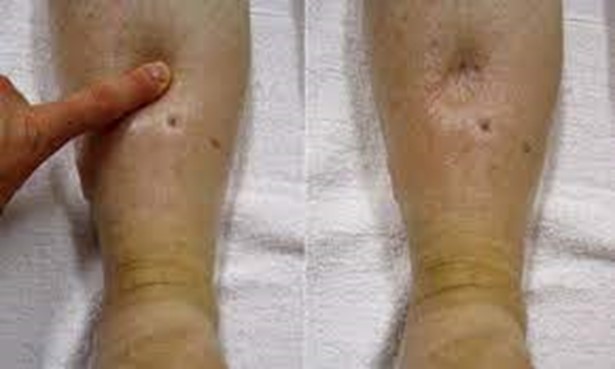A nurse is planning to perform intermittent urinary catheterization for a client who is unable to urinate. Which of the following actions should the nurse take first?
Perform a bladder scan.
Cleanse the meatus.
Provide perineal care.
Lubricate the catheter.
The Correct Answer is A
The correct answer is choice A. Perform a bladder scan.
Choice A rationale:
Performing a bladder scan is the first action the nurse should take before proceeding with intermittent urinary catheterization. A bladder scan assesses the bladder's volume and determines if catheterization is necessary. It helps avoid unnecessary catheterizations, reduces the risk of infection, and promotes patient comfort.

Choice B rationale:
While cleansing the meatus and providing perineal care are important steps in preparing for urinary catheterization, they come after assessing the need for catheterization. Without knowing the bladder volume, these actions could be premature.
Choice C rationale:
Providing perineal care is important for maintaining hygiene and preventing infection, but it should be done after the decision for catheterization has been made based on the bladder scan results.
Choice D rationale:
Lubricating the catheter is a step that should be taken after the decision for catheterization is made and the need for catheterization is confirmed. It helps ease the insertion process and reduce discomfort for the patient.
Nursing Test Bank
Naxlex Comprehensive Predictor Exams
Related Questions
Correct Answer is A
Explanation
The correct answer is choice A.
Choice A rationale:
Count the client's radial and apical pulses simultaneously with another nurse. Rationale: In the presence of an irregular heart rate, a pulse deficit might indicate a discrepancy between the peripheral (radial) and central (apical) pulses. Counting the pulses simultaneously with another nurse helps to accurately assess this deficit. By comparing the two pulse rates, the nurse can identify if there is a difference, which might indicate inadequate circulation or irregular heartbeats that aren't effectively transmitting to the peripheral arteries.
Choice B rationale:
Calculate the client's pulse for 30 seconds and multiply by 2. Rationale: While calculating the pulse rate for 30 seconds and then multiplying by 2 is a valid method to determine the heart rate, it doesn't address the specific concern of a pulse deficit. This approach might help in assessing the overall heart rate but doesn't provide information about potential irregularities or discrepancies between peripheral and central pulses.
Choice C rationale:
Assist the client to a side-lying position. Rationale: Assisting the client to a side-lying position doesn't directly relate to the assessment of a pulse deficit. The position of the client wouldn't significantly impact the assessment of irregular heart rates or pulse deficits.
Choice D rationale:
Auscultate the area of the client's chest over the Erb's point. Rationale: Auscultating the area of the client's chest over the Erb's point is a technique used to assess heart sounds, particularly the S2 heart sound. This technique is not relevant to assessing a pulse deficit. It can provide information about heart valve function but doesn't help in evaluating a discrepancy between peripheral and central pulses.
Correct Answer is C
Explanation
The correct answer is Choice C: 3+ pitting edema.
Choice A rationale:
1+ pitting edema refers to mild pitting edema. It is characterized by a slight indentation that disappears rapidly. A measurement of 6 mm edema is beyond the scope of 1+ pitting edema.
Choice B rationale:
2+ pitting edema indicates moderate pitting edema. It is characterized by a deeper indentation that takes a few seconds to rebound. While 6 mm edema might be associated with 2+ pitting edema, it is not the most accurate description.
Choice C rationale:
3+ pitting edema signifies moderately severe pitting edema. It is characterized by a noticeable indentation that remains for a short duration. A measurement of 6 mm edema aligns with 3+ pitting edema, making it the correct choice.

Choice D rationale:
4+ pitting edema represents severe pitting edema. It is characterized by a deep indentation that persists for a significant amount of time. 6 mm edema is not typically associated with 4+ pitting edema.
Whether you are a student looking to ace your exams or a practicing nurse seeking to enhance your expertise , our nursing education contents will empower you with the confidence and competence to make a difference in the lives of patients and become a respected leader in the healthcare field.
Visit Naxlex, invest in your future and unlock endless possibilities with our unparalleled nursing education contents today
Report Wrong Answer on the Current Question
Do you disagree with the answer? If yes, what is your expected answer? Explain.
Kindly be descriptive with the issue you are facing.
